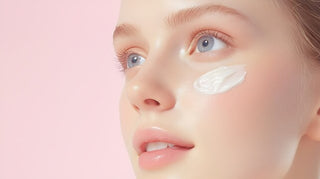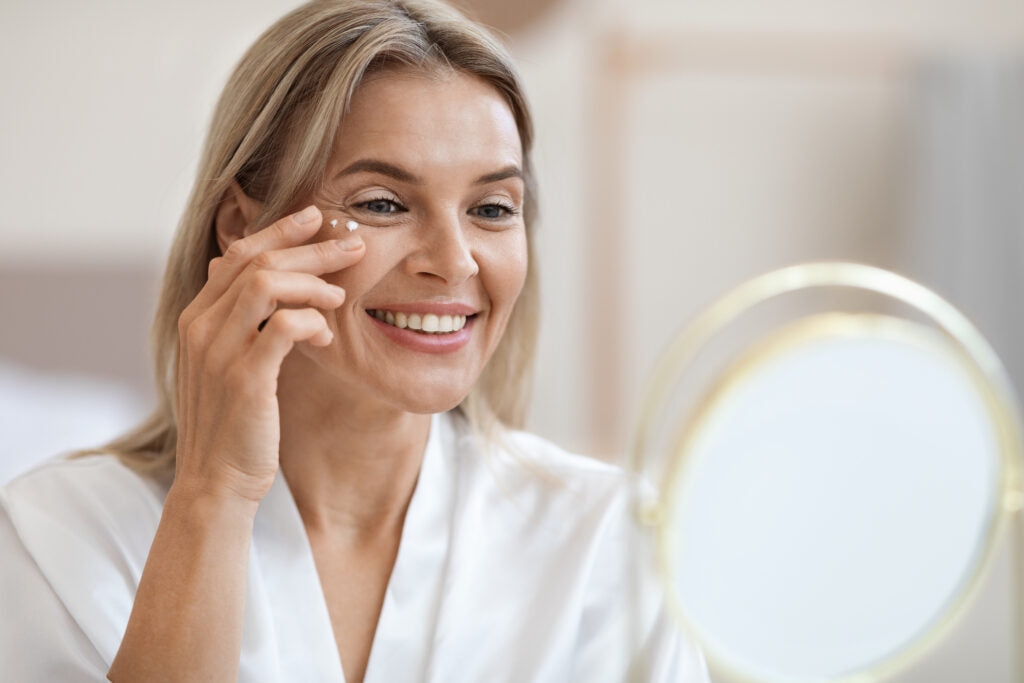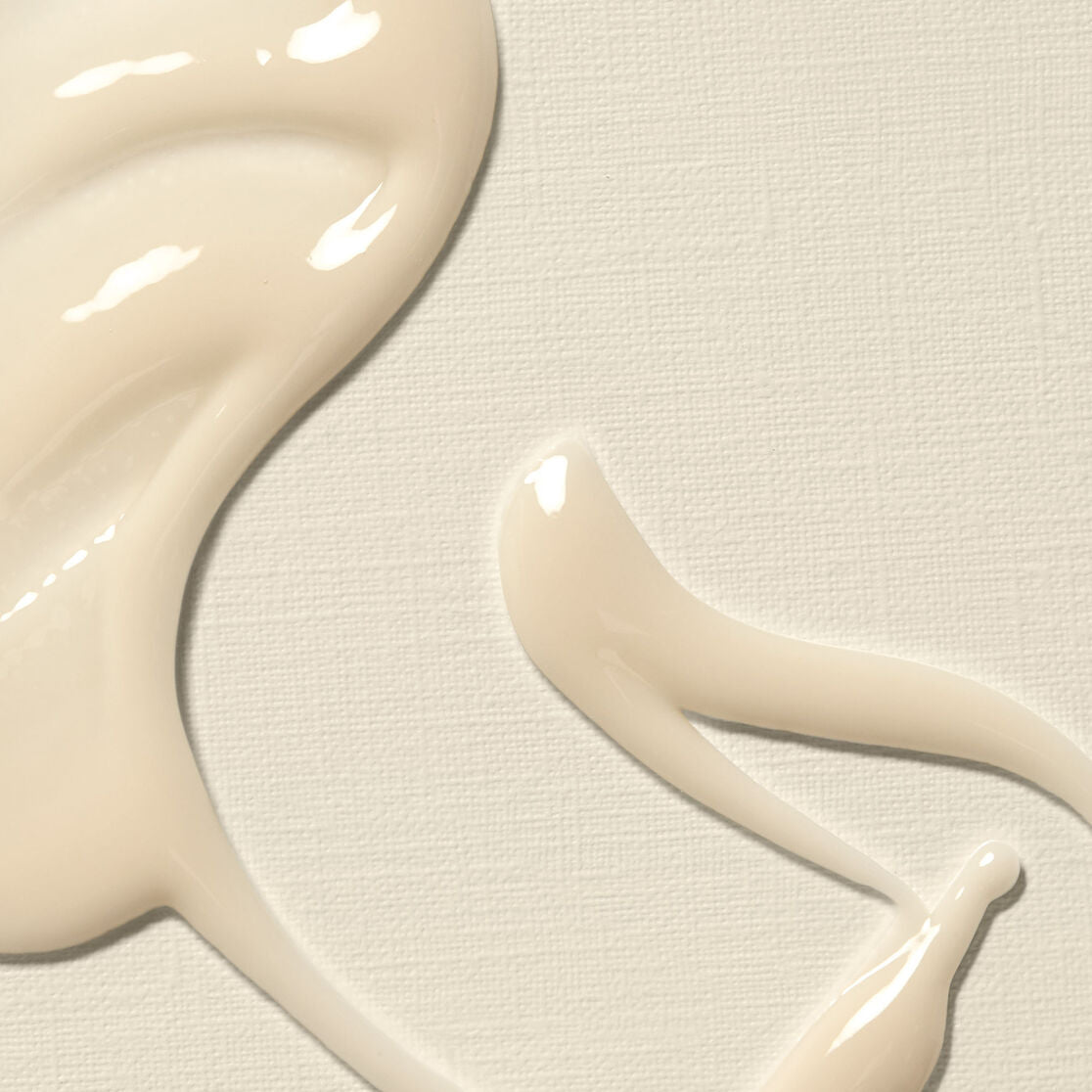Why Dark Circles Persist Despite Enough Sleep: Causes and Solutions
December 26, 2024

We’ve all been there: you’ve had a full night of restful sleep, yet when you look in the mirror, your dark circles are still there, staring back at you. It's frustrating, especially when you’re doing everything right—getting enough rest, eating well, and hydrating. But why do dark circles persist even when you feel well-rested? Let’s explore the potential reasons behind those stubborn shadows under your eyes and how to target them with the right skincare, including the best serums and ingredients to help brighten and refresh your eye area.
1. Genetics: The Root Cause of Dark Circles
One of the primary reasons for dark circles is genetics. If your parents or grandparents had dark circles, there's a good chance that you might inherit the same trait. Some people have a naturally thinner skin under their eyes, making blood vessels more visible and giving the appearance of dark circles. Additionally, some individuals are more prone to pigmentation around the eyes due to their skin's melanin production.
2. Thin Skin and Blood Vessels
The skin around your eyes is thinner than the rest of your face, making it more prone to showing veins and capillaries. When blood flow slows down or there’s a buildup of blood under the skin, it can create a dark, bluish tint under the eyes. This is especially noticeable when the skin becomes more translucent as you age, or if you have a fair complexion.
3. Dehydration: Your Skin's Worst Enemy
Even if you’re getting enough sleep, dehydration can still contribute to dark circles. When your body is dehydrated, the skin under your eyes becomes dull, dry, and less plump. This can make the blood vessels under your eyes more prominent, creating the appearance of dark circles. Ensuring you’re drinking enough water throughout the day can help maintain hydration and reduce the appearance of under-eye circles.
4. Aging: The Culprit of Thinning Skin
As we age, our skin loses collagen and elasticity, which leads to thinner skin and a decrease in the fat padding around our eyes. This can make the blood vessels underneath more visible and contribute to the appearance of dark circles. Fine lines and wrinkles also start to develop around the eyes, making the area look darker and more tired, even with adequate sleep.
5. Allergies and Sinus Problems
Allergies and sinus congestion can contribute to dark circles, especially if you suffer from seasonal allergies or are dealing with a sinus infection. Allergic reactions can cause inflammation around the eyes, which can lead to blood vessels becoming more prominent, making dark circles worse. Additionally, rubbing or scratching your eyes due to allergy irritation can exacerbate the problem, leading to more visible dark circles.
6. Excessive Sun Exposure
Sun exposure can increase melanin production in the skin, especially in areas like the under-eye area. This can result in hyperpigmentation, causing dark circles to appear darker. If you're spending time outdoors without proper sun protection, your under-eye area might be more prone to darkening.
7. Poor Circulation and Lifestyle Factors
Sometimes, lifestyle factors such as smoking, alcohol consumption, or a lack of exercise can hinder circulation, making the blood under your eyes pool. This can make dark circles more noticeable, even if you're getting enough sleep. Stress and a lack of relaxation can also affect circulation and lead to puffiness and dark circles.
8. Serums and Ingredients That Can Help Reduce Dark Circles
Now that we know some of the potential causes of dark circles, let’s talk about how you can address them. The right serum can make a big difference in brightening, hydrating, and reducing the appearance of dark circles. Here are some key ingredients to look for in a serum that can help with dark circles:
- Niacinamide - Niacinamide (also known as Vitamin B3) is a superstar ingredient for brightening the skin. It helps lighten dark pigmentation, reduce inflammation, and strengthen the skin barrier. Niacinamide is particularly beneficial for dark circles caused by pigmentation issues or inflammation. It can help even out skin tone and give the under-eye area a more radiant, refreshed appearance.
- Hyaluronic Acid - Hyaluronic acid is known for its incredible hydrating properties. When applied under the eyes, it can help plump the skin and reduce the appearance of fine lines and wrinkles. By improving skin hydration, it helps smooth out the delicate skin around the eyes, making dark circles less noticeable. It also aids in increasing skin elasticity and restoring moisture to prevent dryness.
- Caffeine - Caffeine isn’t just for waking you up in the morning—when applied topically, it can stimulate blood flow and reduce puffiness around the eyes. Caffeine helps constrict blood vessels, which can reduce the dark bluish tint caused by poor circulation. It also works to reduce swelling and improve skin tone, leaving the under-eye area looking more awake.
- Peptides - Peptides are amino acid chains that help promote collagen production and improve the skin’s overall strength and elasticity. As dark circles can be exacerbated by thinning skin, peptides help to thicken and firm the delicate skin around the eyes, making it more resistant to dark shadows.
- Vitamin C - Vitamin C is a powerful antioxidant that helps brighten skin and reduce hyperpigmentation. When used regularly under the eyes, it can lighten dark circles and prevent them from reappearing. It works by inhibiting melanin production, which is responsible for dark spots and uneven skin tone.
- Retinol - Retinol, a form of Vitamin A, is known for its ability to accelerate skin cell turnover, reduce wrinkles, and boost collagen production. When applied under the eyes, retinol can help improve the skin’s texture and tone, making the under-eye area appear brighter and smoother. However, retinol can be a bit strong for some, so it's best to start slow and use it every other night to prevent irritation.
- Ceramides - Ceramides are lipids that help restore and maintain the skin’s natural barrier. When used in serums, ceramides help keep the skin around the eyes moisturized, plump, and hydrated. They help lock in moisture and reduce the appearance of fine lines and crepey skin, which can make dark circles more noticeable.
- Squalane - Squalane is a gentle, hydrating ingredient that helps restore moisture to the skin without clogging pores. It’s excellent for sensitive skin and works well to hydrate and soothe the delicate under-eye area. Squalane can also help reduce puffiness and dryness, making your eyes look refreshed.
Top Serums for Dark Circles
Now that you know which ingredients can help tackle dark circles, here are a few serums to consider:
- Caffeine-Infused Serums: These serums help reduce puffiness and improve circulation, making them ideal for dark circles caused by poor circulation or tired eyes.
- Niacinamide and Hyaluronic Acid Serums: These serums work to hydrate and brighten the skin, making them a great option for dark circles caused by dehydration or pigmentation issues.
- Peptide-Enhanced Serums: If you’re looking to boost collagen production and firm up the skin under your eyes, a peptide-infused serum can help restore elasticity and reduce the appearance of dark circles.
Final Thoughts
While dark circles can be stubborn, they’re not impossible to tackle. By understanding the underlying causes and choosing the right serum with ingredients like niacinamide, hyaluronic acid, caffeine, peptides, and retinol, you can reduce the appearance of dark circles and brighten the under-eye area. Keep in mind that consistency is key—give your serum time to work, and pair it with healthy lifestyle habits like staying hydrated, protecting your skin from the sun, and managing stress for the best results.

